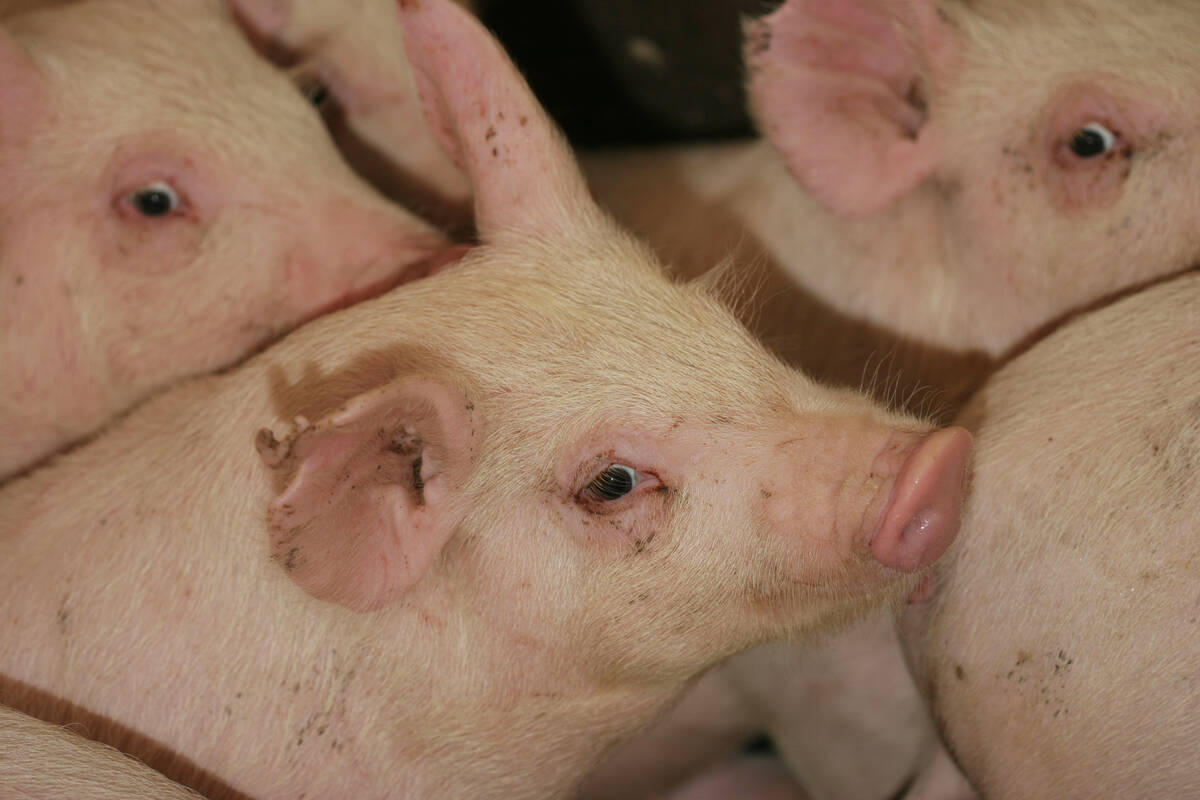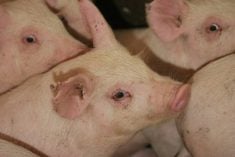A voluntary insurance program is available to protect sheep producers against bluetongue.
Coverage is available for deaths and production losses.
The Canadian Sheep Federation and Agriculture Canada developed the program because of increased bluetongue risk now that Canada doesn’t require American cattle imports to be tested for the disease.
The insect that carries the virus can’t survive long enough in Canada’s climate to be a threat to cattle, but Jennifer MacTavish of the sheep federation said sheep are more susceptible.
“Some producers in Eastern Canada don’t seem as interested as some of the producers in the West, especially those in Saskatchewan and Alberta. I think it is because they are a bit closer to the risk,” she said.
Read Also

The Western Producer Livestock Report – September 25, 2025
The U.S. national live price average for barrows and gilts was $81.21 Sept. 17. It was $78.37 Sept. 9. U.S. hogs averaged $106.71 on a carcass basis Sept. 17, up from $106.10 Sept. 9.
“We are watching the disease because they are finding it in places they have never seen it before …. It is moving around in an interesting fashion, and we are keeping our eye on it.”
Bluetongue has most recently appeared in northern Europe, and Great Britain has imposed import restrictions to keep it out. It was discovered in eastern England last September, and this month the government started delivering vaccine.
The disease killed about 300 sheep in Wyoming last year, and sheep movement has been restricted in Montana.
Canada’s last reported case was in British Columbia’s Okanagan Valley in 1999. There are 25 strains of the disease. The one in Europe appears to be native to northern Africa.
The five strains that appear in North America have been moved to the notifiable disease list from the reportable disease list.
“It is not just where the disease is being found, but it is the strain of the disease that is causing a bit more curiosity,” MacTavish said. “We really have a naïve flock. We don’t know how a flock will react to the disease because they haven’t been exposed.”
Bluetongue is a non-contagious insect-borne disease that mainly affects sheep and sometimes cattle, goats, buffalo, deer and antelope.















